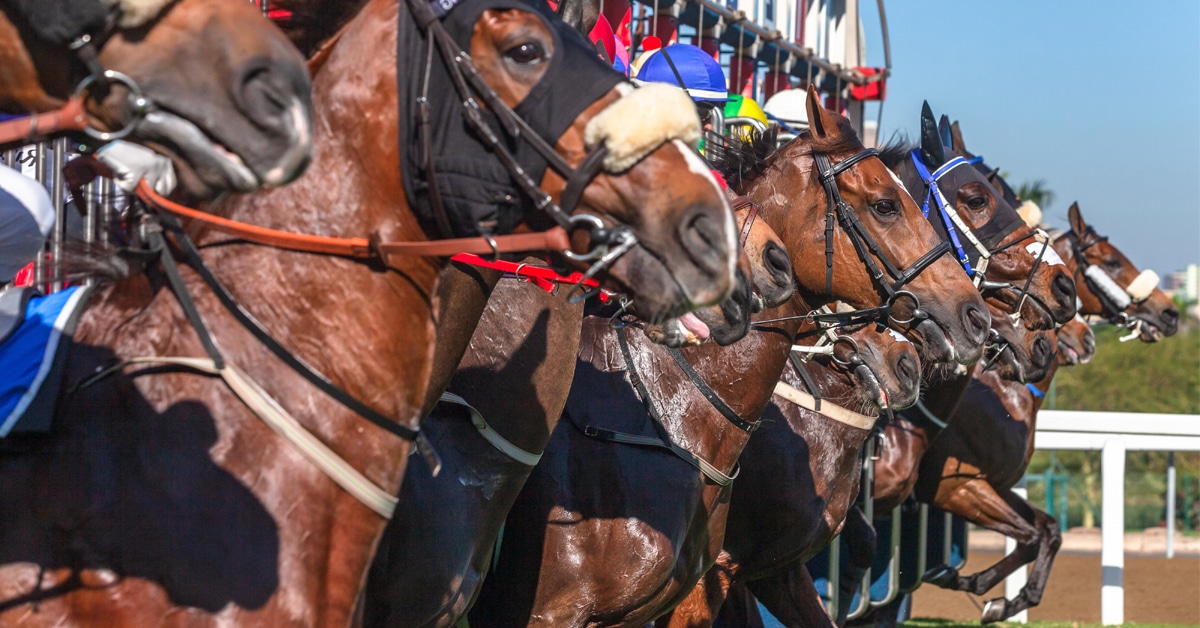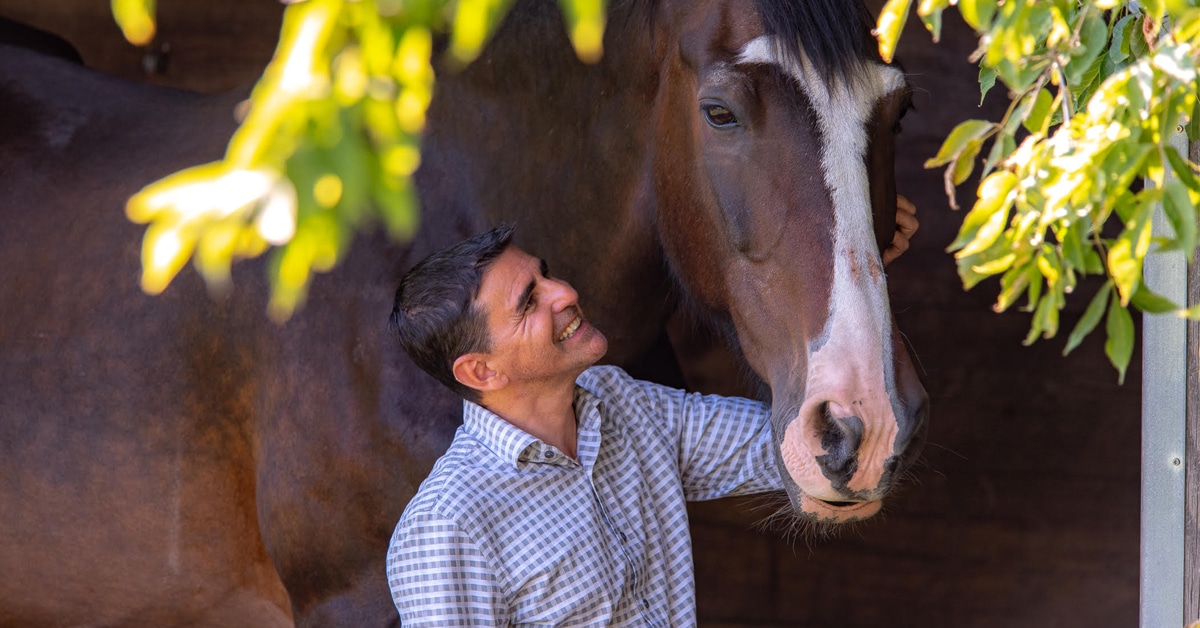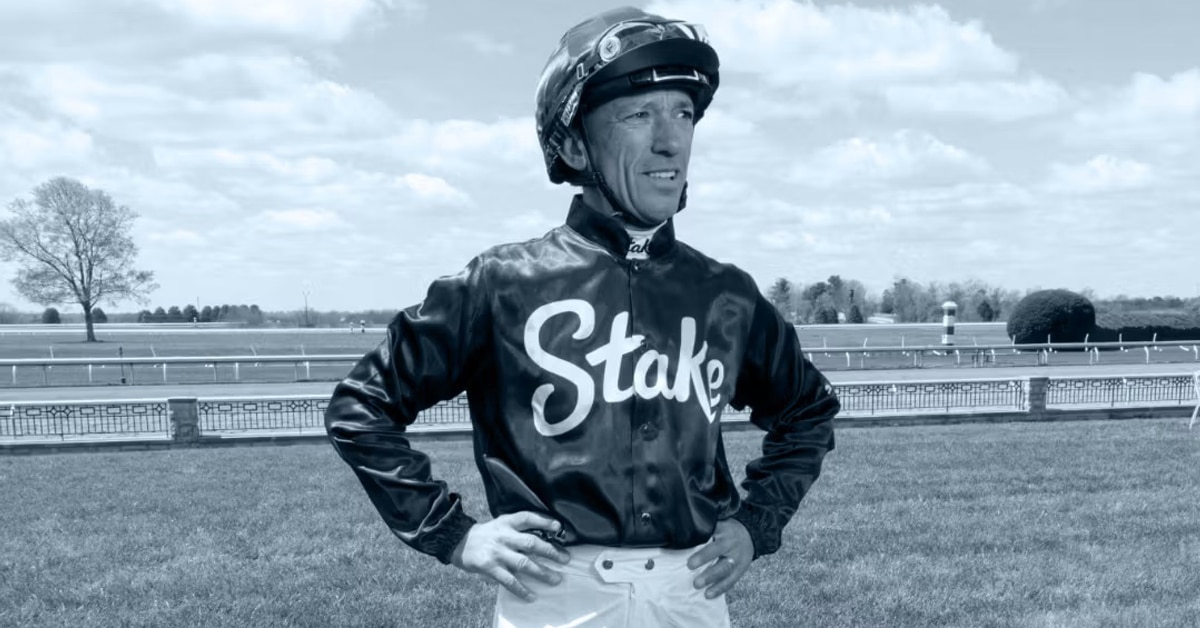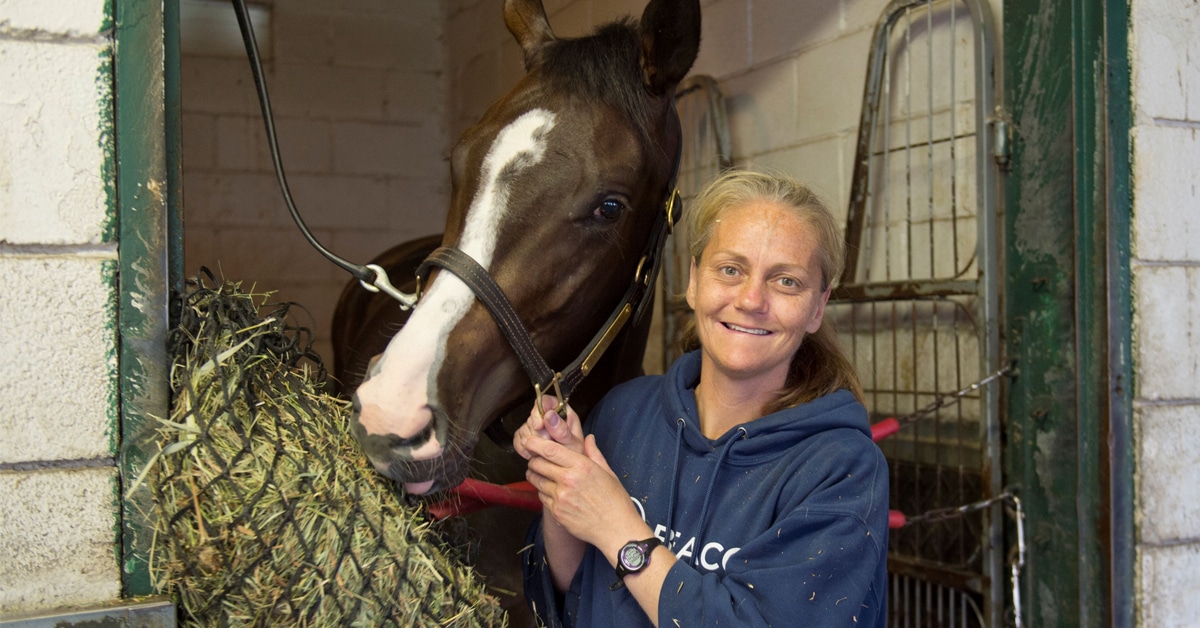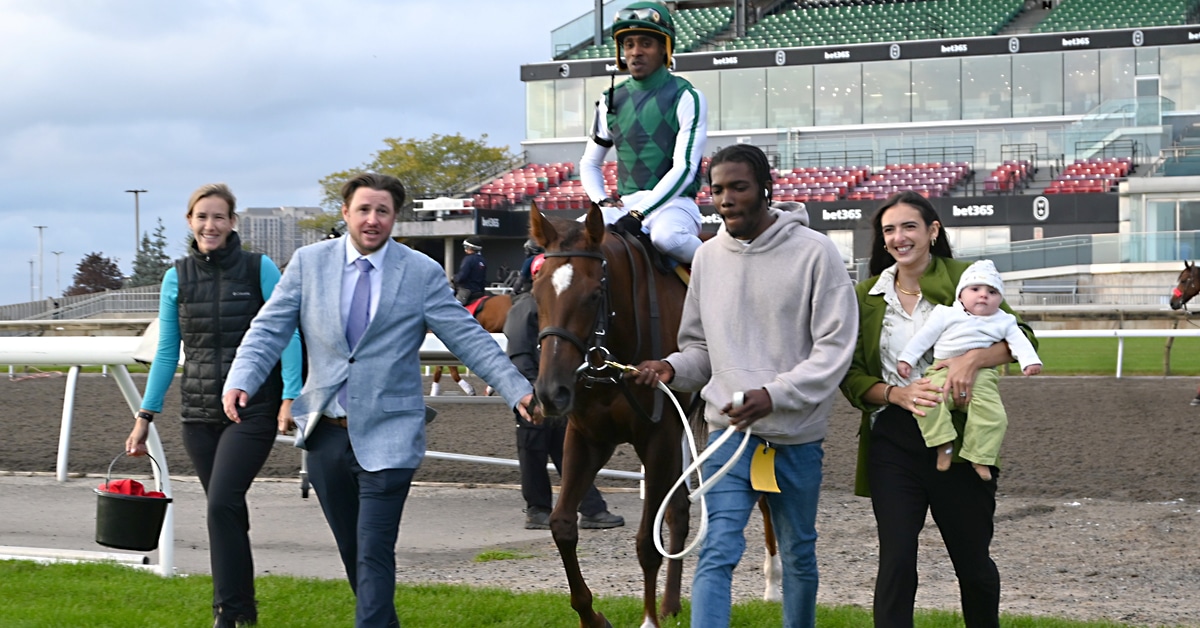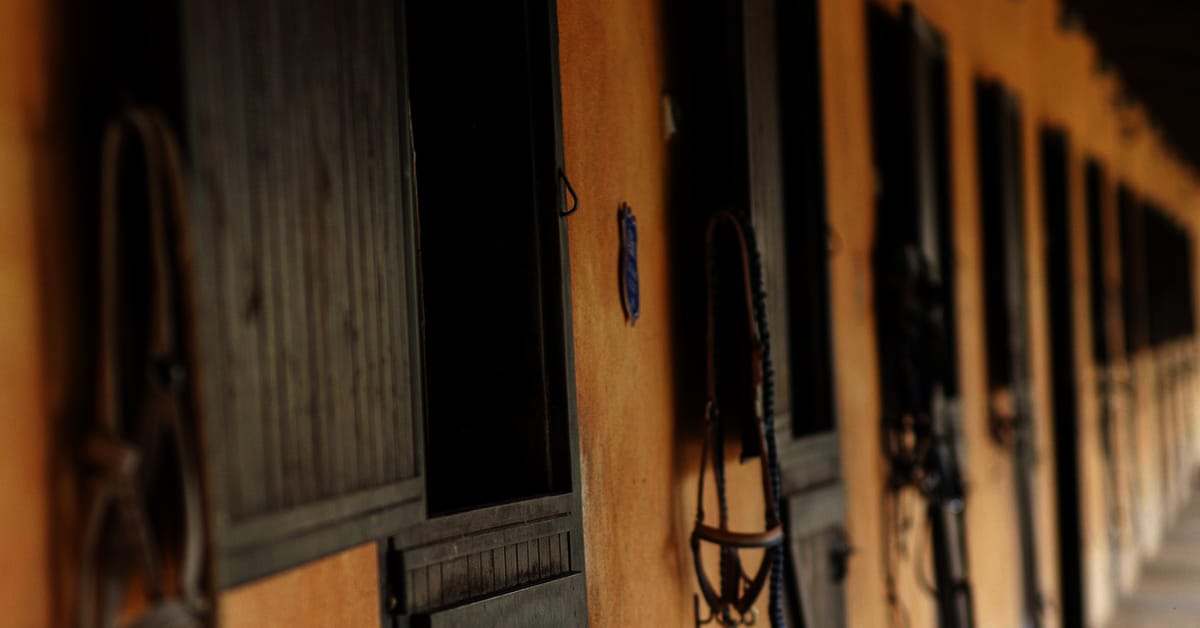Though we might not be conscious of it, our bodies operate in accordance with the daily rhythms of an internal biological clock. Linked with the light-dark cycles of the day, this inner clock governs cyclical fluctuations in the physiological activity of our various organs and body tissues, generating daily patterns of hormone production, body temperature, cell regeneration and other biological activities. The influence of exercise on the functioning of the body’s internal clock and the role it plays in athletic performance has been the subject of ongoing research in people for some time. Now, as equine researchers begin to uncover how circadian rhythms operate in the horse, these sorts of insights may help inform strategies for improving performance at the track.
The master clock
Circadian rhythms are self-sustained 24-hour cycles in various aspects of an animal’s physiology, says Dr. Barbara Murphy, a researcher at University College Dublin, Ireland, who has been studying the operation of these rhythms in the horse. “Your immune system, your metabolism, basically every aspect of your physiology, is subject to these 24-hour rhythms.”
Much like a conductor of an orchestra, there is an area of the brain that registers the light and dark cycles (through input from the eyes) and sends cues to the rest of the body so that physiologically each part is functioning in concert with the whole. “This part of the brain starts the 24-hour cycling of neurons and from there it communicates with every other part of the body telling each organ what time of the day it is,” says Murphy.
The body’s circadian rhythm system works by causing certain key “clock” genes to become more active. “When a certain time of day comes and the master clock in the brain wants to signal an organ to do something, these genes will become activated setting off a cascade of molecular effects that will in turn activate genes in the cells of a particular organ or tissue that are related to the job it has to perform — so that your digestive tract, for example, is preparing for food in anticipation of meal times or your muscles are preparing for activity during the times of day that you are most active.”
Essentially, the body’s circadian rhythms help streamline its efficiency by anticipating the times when certain tissues or organs have increased demands and ensuring that they are primed accordingly. “We have different times of day when we are better at doing different things and it’s all influenced by our circadian rhythms,” says Murphy.
Given that the body’s internal rhythms play an important role in regulating a number of physiological parameters that have the potential to influence athletic performance – such as mental alertness, body temperature and energy metabolism – there has been much interest in how performance might be optimized by taking advantage of these rhythms.
Synchronizing the clock
The body’s internal clock has the ability to “lock on” to certain cues, explains Murphy. “Light, feeding times and exercise are the three main ones.” Though the natural ebb and flow of the body’s circadian rhythms will continue in the absence of natural or artificial light cues, the light and dark cycles of the day provide the primary signal for synchronizing the internal clock with the external environment.
Murphy’s horse research has shown they will gravitate towards a day-active cycle in the absence of light cues. “Their natural internal rhythm is to be primarily more active in the day.” This is also supported by findings related to when muscle “clock” genes are turned on, says Murphy. Certain genes, which show a peak of activity in the middle of the night in nocturnal rodents, were found to be most active during the day in horses. “By bringing horses indoors in domesticated settings we bring out that circadian nature even more,” adds Murphy. “We are basically giving them very strong time cues, so we are going to make their muscle clock and all their physiology more time dependent essentially.”
Secondary to light, regularly timed exercise regimes also have an effect on synchronizing certain aspects of the body’s internal physiological rhythms. One study that compared weight lifting regimens in people found the daily fluctuations of cortisol and testosterone (two hormones that play a role in muscle strength and adaptation to exercise) differed in people that lifted weights in the morning compared to those who did so at night. Work with horses in Murphy’s lab has also indicated that even a moderate level of exercise at a set time of day influences the activity of clock related genes in the muscle tissue.
Murphy believes that the ability of the body’s internal clock to lock onto such time cues has important implications for horses. “If you look at the racing industry in particular, we train horses primarily very early in the morning. These horses normally get trained six days a week at the same time with very little variability. And this is a very strong cue to the muscle clock that this is the time of day that it has genes turned on to protect the muscle from oxidative stress, to metabolize best, to recover from exercise best. But what we do then is we compete them at a completely different time of day.”
It’s speculative, says Murphy, “but it makes sense that if you ask an animal to perform strenuously at a time that conflicts with the time when it’s normally trained you are going to put its physiology under undue stress.” Murphy believes this could be a contributing factor to race-day injuries.
Whereas many human athletes like cyclists and swimmers will change their training times to coincide with the time when they will have to compete, Murphy believe this could be a beneficial practice with horses as well. “We have to realize that if we give a cue at a certain time of day the horse’s body is going to anticipate that time.”
“It’s a big re-think,” she admits. Though the research regarding horse’s circadian rhythms is still in its infancy, Murphy hopes that as we learn more, we will be able to use this information to help optimize performance and minimize injury.
“If you look at the racing industry in particular, we train horses primarily very early in morning. These horses normally get trained six days a week at the same time with very little variability. And this is a very strong cue to the muscle clock that this is the time of day that it has genes turned on to protect the muscle from oxidative stress, to metabolize best, to recover from exercise best. But what we do then is we compete them at a completely different time of day.”
Certain genes, which show activity in nocturnal animals, were found to be most active during the day in horses.
Circadian rhythm and jet lag
Today’s ability to travel across multiple time zones in a short period of time poses it’s own challenges for the body’s internal clock. “Our circadian rhythms can adjust to gradual changes in daylight as with seasonal changes, but our physiology has difficulty handling more abrupt changes in the light cycle,” says Murphy. While our internal clock struggles to get in synch with the new local time, we often suffer from the characteristic effects of jet lag.
In human athletes, decreases in reaction times, track speed, muscle strength and cardio-respiratory function, have been reported following long-distance travel across time zones. Though the effects of jet lag on the horse are still not fully understood, it is expected that their performance may be affected as well.
“Some people feel that when you race a horse straight away in a new time zone they perform well, and that may be because they are still on their old 24-hour rhythm, and the time they are racing actually corresponds to the time when they would have been training back home,” says Murphy. But the stress and dehydration associated with long distance travel mean that horses are often not in an optimal condition to compete when they first arrive at a new international destination.
Murphy has been involved in the development of a new portable light mask for horses that is currently undergoing trails for inducing ovulation in broodmares, and plans are underway to investigate its potential application in mitigating the effects of jet lag in elite performance horses as well. Fitted over the horse’s head, the mask emits low-level “blue spectrum” light into the right eye and can be worn outdoors. In the trials at breeding farms in Lexington, Kentucky its has been found to be just as effective as the practice of keeping mares indoors under overhead lights in order to advance the breeding season. Given the mask’s ability to mimic the cues of natural light, Murphy believes it could also have the potential to help shift a horse’s internal clock in preparation for competition across time zones.
Lindsay Day is a Registered Equine Massage Therapist based in Southern Ontario.
The Latest
